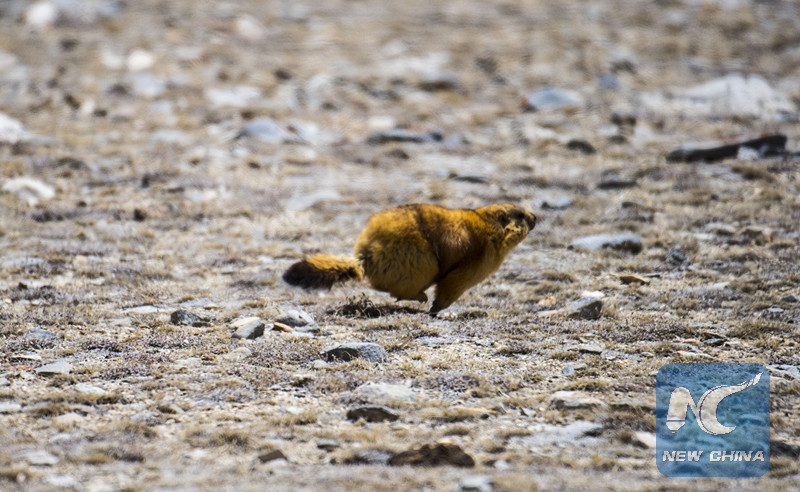
Cute? Bobak marmots, a once threatened species, is posing threats to herders' livelihood on northwest China's Pamir Plateau, as the rodents prosper under local conservation efforts.
The fluffy little animals, mainly feeding on grass, have been destroying grassland and affecting herding in Aketao County, Xinjiang Uygur Autonomous Region, according to local herders.
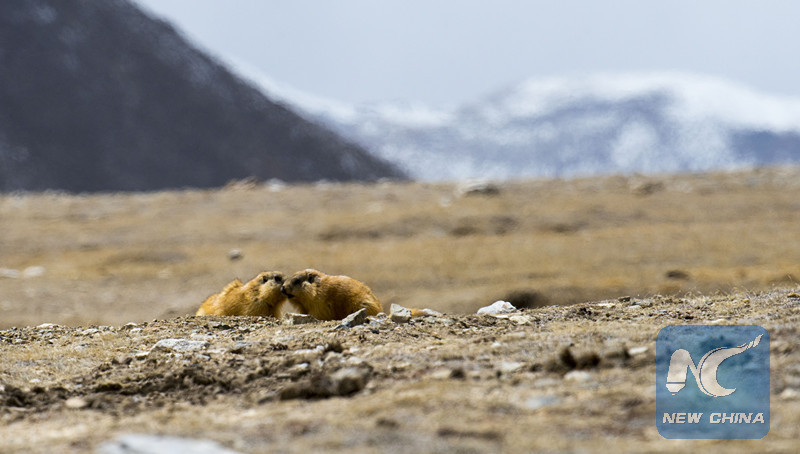
"They look cute, but they are especially vexing to us in winter," says herdsman Tajidin Ghupur. The rodents eat grass roots and collect plants in their burrows to keep out the cold.
"My cattle and sheep eat only leaves of the grass, and the grass will grow again. But the marmots root out the grass," he says. "As long as they are here, there will be no food left for my flock."
It is destructive to grassland, says Muhttar, head of grassland conservation center of Aketao County. Local conservation authorities estimate that a bobak marmot can ruin four to five square meters of grassland in a year. It takes years to recover the grassland.
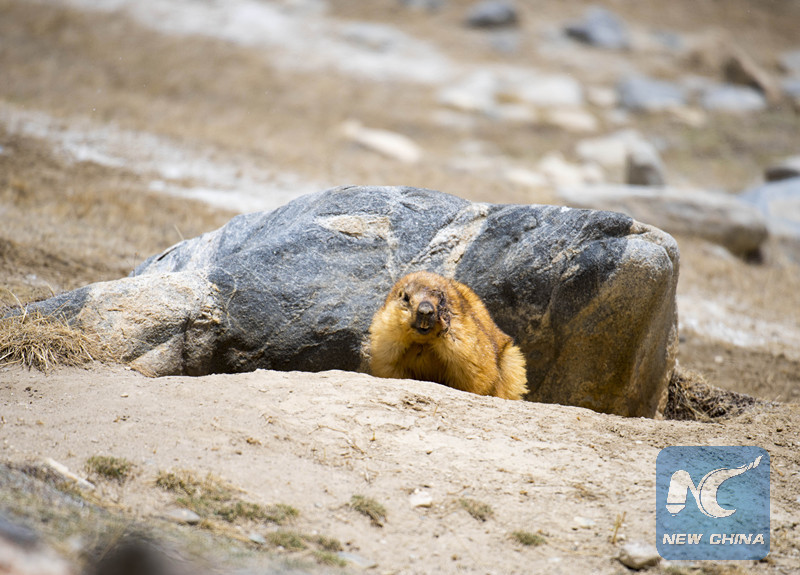
Bobak marmot inhabits the steppes of Eastern Europe and Central Asia. In China, habitats of the species include the Tianshan Mountains and the Altai Mountains in Xinjiang.
Population of wild bobak marmots declined severely in the 1980s and the 1990s as they were hunted down by locals to protect the grassland. Herders were rewarded five to ten yuan (0.73 to 1.47 U.S. dollars) for hunting a marmot. Herders also sold their fur at a high price as it can be used to make hats and coats.
The species was assessed as "lower risk/conservation dependent" at risk of extinction by the International Union for Conservation of Nature (IUCN) in 1996.
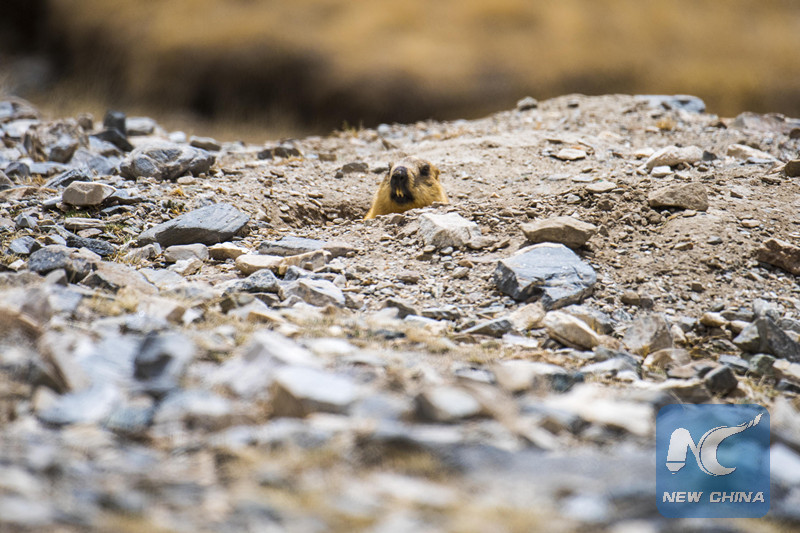
As the Chinese government intensified its wildlife conservation efforts, hunting wild marmots has been prohibited. Marmot population grows at 20 to 30 percent annually in Aketao, says Muhttar.
The species was upgraded to the "least concern" category by IUCN in 2008 as its number has risen and been stable.
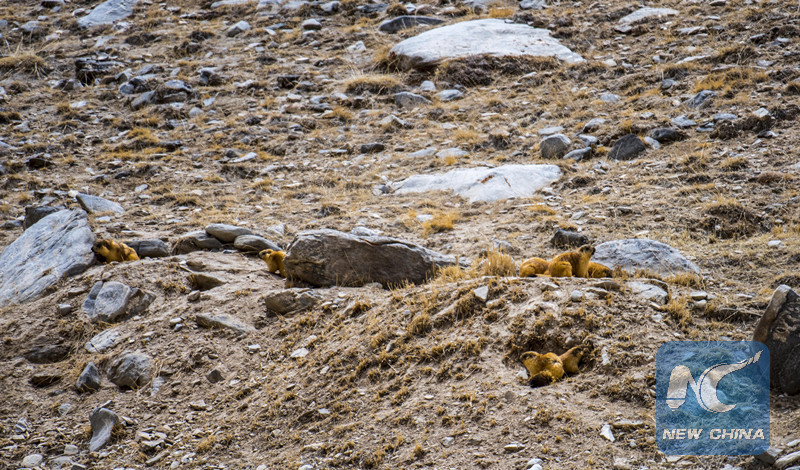
Nowadays the rodents can be seen everywhere on the grassland, and some bold ones even burrow just twenty meters away from herders' yurts, says Tajidin.
Not afraid of humans any more, they dare to play outside in the sun when it gets warm, he says.
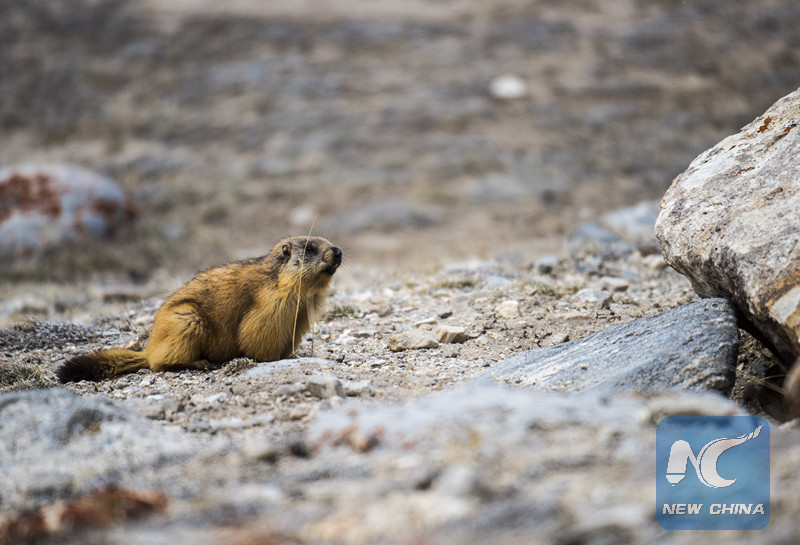
"We don't know what to do with them," the herder says, "Hunting them is illegal now. But if we don't get rid of them, they would mess up our grassland, and our flocks can't survive."
(All photos by Jiang Wenyao)

